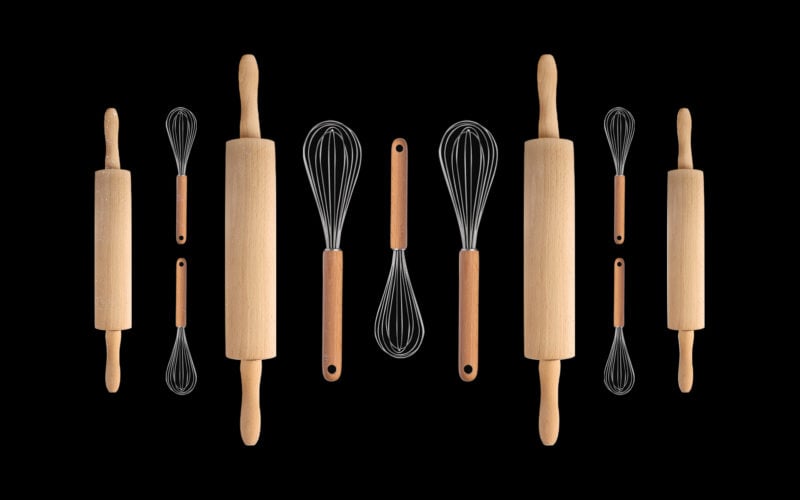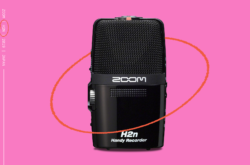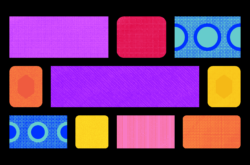With most recording studios currently closed, many of us are making the best out of the sounds that we have immediate access to.
In this post, we challenged ourselves to make some original samples using only household sounds. My wonderful colleague and collaborator Hannah Mimi Park recorded herself unwrapping some butter and kneading some bread. Here are snippets of the source material we’ll be using:
Preparing the audio files
First, we’ll import the videos into Ableton. Although Ableton (and other DAWs) can handle video files, the video window makes processing a lot more resource-intensive. Since we’re going to be creating audio samples, we don’t need the video, so we’ll right-click on the audio tracks to freeze and flatten them so that we’re dealing with the audio only.
Next, we’ll remove any (unwanted) noise existing in the background of the recording – I used RX7’s Spectral De-Noise module to accomplish this. From there, I listened through the audio, noting any interesting sounds and placing locators when I found them. When working with source audio like this, I usually end up applying at least three things to each sample: EQ, compression, and distortion. Let’s dive deeper into a couple of samples below.
Getting creative with sound design
A cowbell
I thought this glass sound could be a nice cowbell, cymbal, or kind of snare:
It’s already a great sound, but it needs a little processing to shine. I high passed the sub from the recording and boosted the highs to give it more bite, and then added distortion and compression with Drum Buss and Soundtoys’ Decapitator.

Here’s how it came out as a cowbell:
Percussion
Next, I made some light percussion sounds. Listen to the original audio below:
I pitched the sound down by a ton – 40 semitones to be exact – and used Ableton’s Beats Warp mode to preserve the transients only. Then, I added the same effect chain we used for the cowbell to get the following sound:
An 808
I also really love how my 808 came out. The main bass sound is synthesized, but to give it more of an organic feel, I layered it with the following ‘snare’ I extracted from the first video:
I took this sound and pitched it down for some high-frequency punch. Here’s what it sounds like layered with the synthesized bass:
Use our sounds yourself
We hope that this article gives you some ideas for how you can turn your own household sounds into versatile audio samples. You really don’t need a lot of equipment – a budget microphone or even the built-in mic on your phone will do, and as you saw above, we mostly relied on simple processing techniques like EQ and pitch manipulation to design our samples.
That said, if you’d like to use our sounds, we made many more out of the original recordings including claps, kicks, and textures. Feel free to download all of them here. You’re welcome to use our sounds in your own productions royalty-free, but do feel free to share anything you made using them in the comments below!
We’ll leave you with a groove we created using our samples. Happy sound designing!
June 18, 2020



